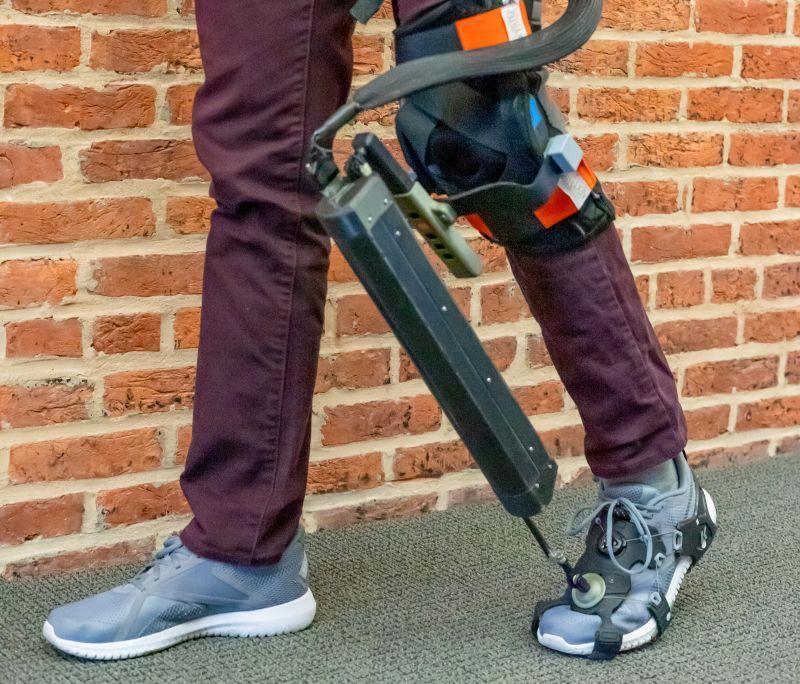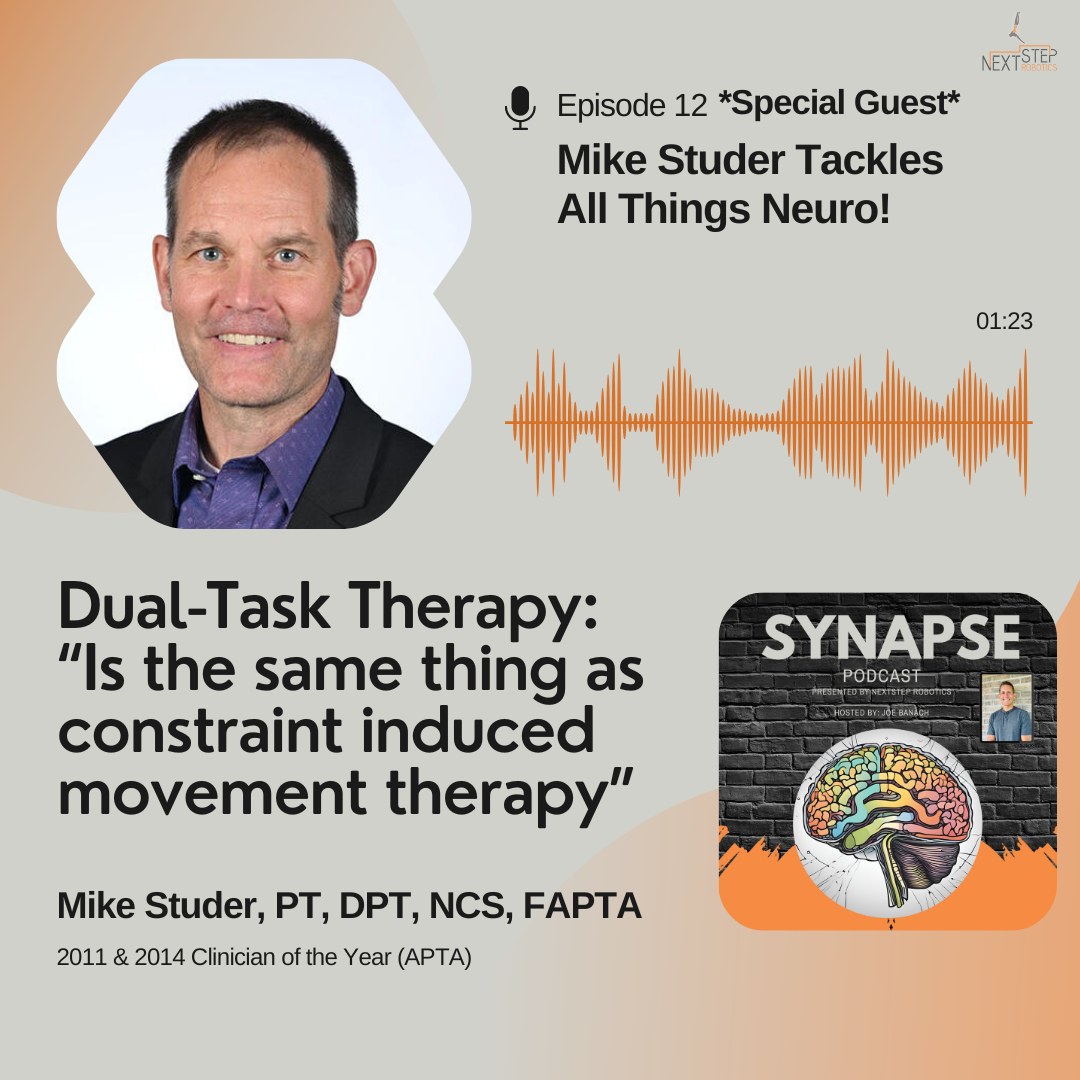High-Intensity Gait Training for Patients with Biomechanical Limitations:
High-intensity gait training (HIGT) has revolutionized the approach to rehabilitation for many individuals. However, for patients with biomechanical limitations such as foot drop, traditional high-intensity gait training might present challenges. Here’s how you can continue to engage in HIGT despite these challenges.
1. Incorporate Assistive Devices or Bracing
Assistive devices are invaluable in managing drop foot. Besides, ankle-foot-orthoses, or "AFOs", you can consider other external bracing such as the SaeboStep, or a shoe to minimize surface friction such as the Cadense (https://cadense.com/). These options can enable a patient to continue engagement in HIGT while maintaining safety.
2. Alter Intensity with Dual-Task Training
High-intensity training is not exclusively about achieving peak speed or effort levels. As Mike Studer, PT, DPT, NCS mentioned in the "Synapse" podcast, one can enhance intensity by integrating cognitive tasks that require dual focus. This method encourages an "external focus," shifting the patient's attention away from their errors and towards the new task, which helps make the activity become more automatic.
Click on the podcast preview picture to view Mike Studer's episode.
3. Focus on Functional Training and Challenging Environments
Adapt HIGT protocols to emphasize functional tasks that accommodate biomechanical limitations. For example, rather than focusing exclusively on speed, incorporate high-intensity tasks that mimic real-life activities, such as stepping over obstacles or navigating uneven surfaces.
4. Utilize Technology
Incorporate technology which allow the biomechanical limitation to be reduced or eliminated. In addition to updated bracing options, technology such as the AMBLE can address foot drop during gait. This can often lead to proximal improvements as well, thus allowing high intensity dosage to remain throughout the session - while encouraging proper gait mechanics. In addition, the clinician can now have an additional "free hand" to facilitate or provide resistance.
Similarly, use of treadmills with body weight support systems or overground support systems can provide a safe environment for high-intensity training, allowing patients to practice gait mechanics while the clinician cues or facilitates.
5. Educate and Empower
Educate patients about their condition and how high-intensity gait training can benefit them. Encourage their active participation by asking them to provide their own feedback on how they did with their recent gait performance. Allow them to provide their own internal reference - prepping them to engage in higher intensity gait next session or during their home practice.
Conclusion
High-intensity gait training can still be an effective and valuable approach for patients with biomechanical limitations like drop foot. By adapting interventions, and incorporating a variety of strategies, physical therapists can continue to offer gait training at a high intensity. Embrace creativity and flexibility , and you’ll help your patients achieve remarkable improvements in their gait and overall functional abilities.

High Intensity Gait Training for Patients with Biomechanical Limitations